Design engineering
A partner in design engineering
by Ian Mundell
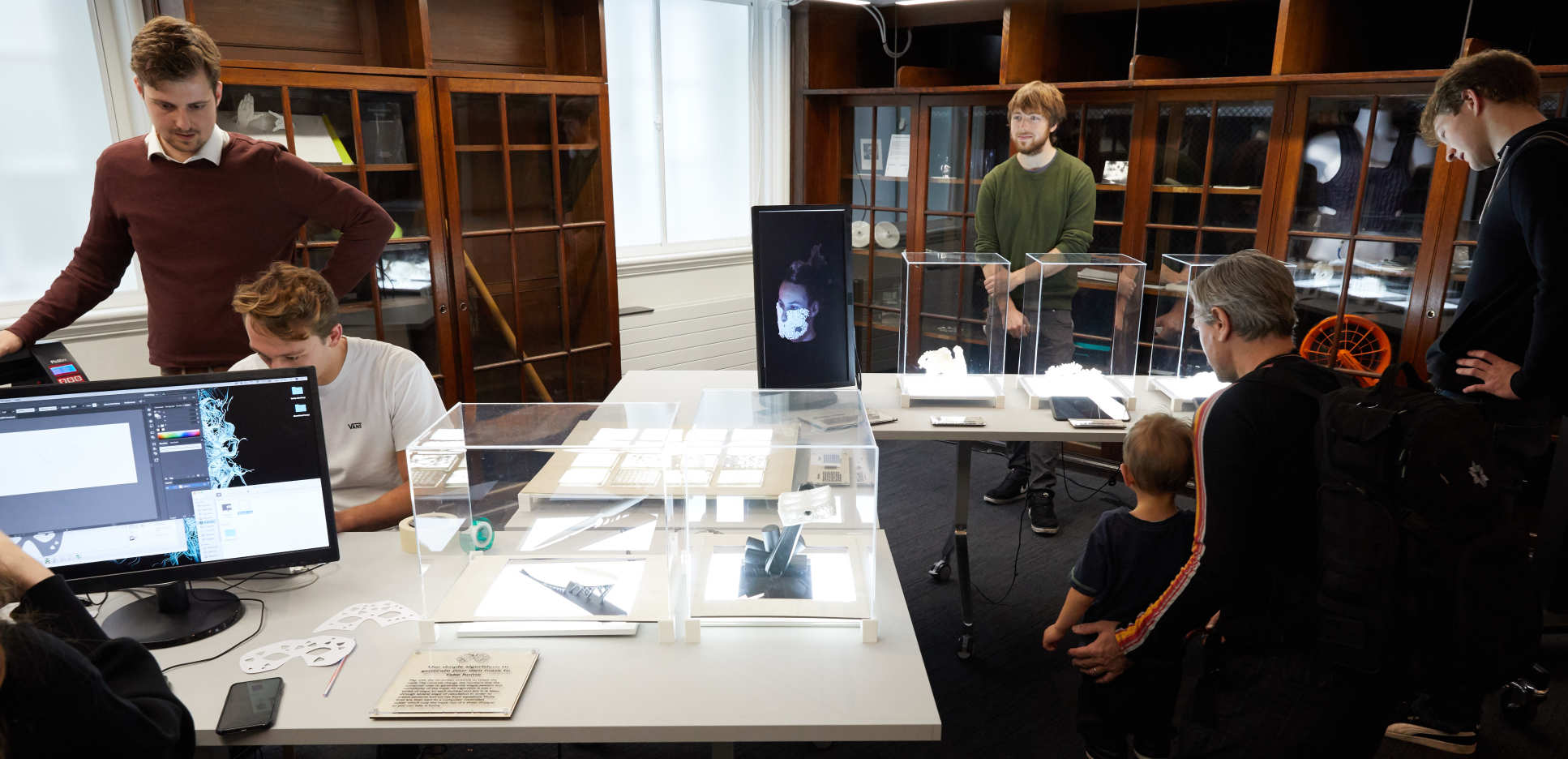
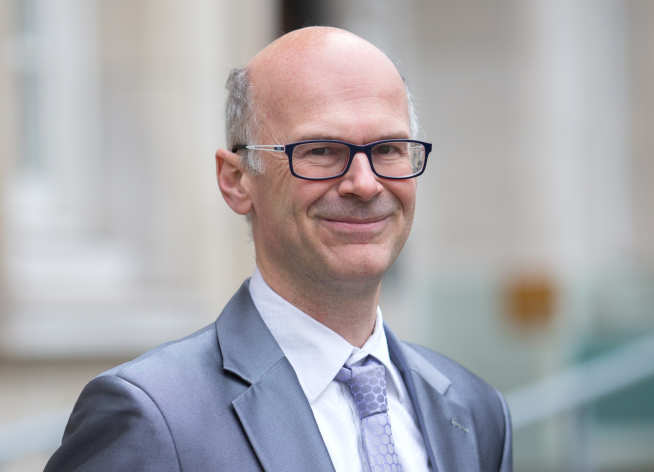
The Dyson School of Design Engineering, the newest department in Imperial’s Faculty of Engineering, brings together two age-old disciplines.
The School’s Head, Professor Peter Childs, explains that the School aims to fuse design thinking with engineering knowledge and practice, in order to create innovative solutions to the challenges faced by modern society.
“This fusion enables us to be what my colleagues have called ‘a one-stop partner’ for interdisciplinary research”, he explains. “We have people who are psychologists, who have expertise in human factors, robotics, electronics, mechanical engineering, design engineering. Because we have these interests across the worlds of design and engineering, and beyond, we think we can partner with an organisation in almost any territory. And we are proving that with some of our projects.”
Research in context
Professor Childs set up the School in 2014, with enthusiastic support – and a substantial donation – from billionaire entrepreneur Sir James Dyson. Together with other sources of funding, this allowed the school to acquire its building on Exhibition Road and begin recruiting staff and students.
The attraction, and a defining theme of the School, is an interest in placing design and engineering together in a broader context. “We were fundamental robotics researchers,” explains engineer Dr Thrishantha Nanayakkara, “and we came to the Dyson School to learn from the design thinking approach, to put the robot and the environment together, or the robot and the user, and think of holistic solutions.”
Dr Céline Mougenot, who came to the school with a design engineering background, agrees. “There is this very strong user aspect to our activity in the school,” she says. “We are creating innovations for people, for a given context and usage, and for given users.”
Sure-footed robots
When it comes to robots and their environments, the uncomfortable truth is that they are often a poor match. Despite ever more sophisticated sensors and computer control, negotiating the real world often throws them. Dr Nanayakkara believes the answer is to learn from mechanical solutions found in nature.
The foot, for example, is physically sensitive to a vast range of complex shear and impulsive forces, but these data are not processed by the brain because the knee joint physically filters out all but the most significant signals. “The brain is interested in the texture of the world, but it is unlikely that it processes all the details every time we set foot on the ground,” he says.
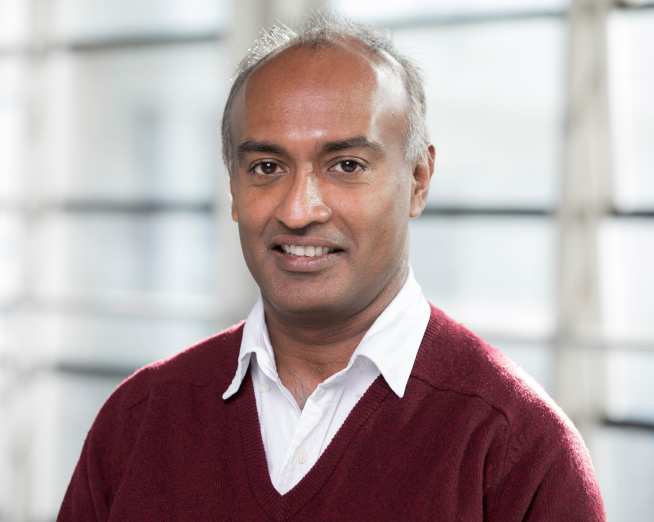
Studying these natural solutions provides fundamental insights into robot design, and can also lead to practical applications. One of Dr Nanayakkara's PhD students is from Ecuador, and was asked by the Ecuadorian government to develop a robot that could help mountain farmers reduce chemical use by mechanically weeding their fields. Wondering how the machines could negotiate the region's steep, irregular slopes, the researchers looked at how mountain goats manage to be so sure-footed.
“It appears that the hoof has a 'computer' in the ligamented bone structure, which works like an anti-lock braking system in a car,” Dr Nanayakkara explains. The ligaments are 'tuned' to form a physical circuit that picks up and amplifies vibrations when the animal starts to slip, and then provides the force to stop the slide. No thought is required. “It's a biophysical circuit solving a problem that relieves the brain of having to take action.” With that insight it is possible to think about designing a robot foot that performs in the same way. But the broader lesson is that you have to see the goat in its natural environment to understand how its hooves are working. Without the vibrations when they slip, the role of the ligaments remains unclear.
Now Dr Nanayakkara's group is beginning a new, parallel line of research. “We are trying to understand how the gender and culture of the user can influence the survival of a robot in the environment,” he says. This interest has emerged because of links within the Dyson School, in particular with psychologist Dr Nejra Van Zalk.
Dexterous manipulation
Dr Nicolas Rojas is also rethinking robots, but this time trying to get away from some of the lessons that are conventionally drawn from real life. In particular, he wants to relax the assumption that robotic hands need to be like human hands. “Nowadays there are robotic hands that replicate the form of the human hand precisely, but that doesn't mean we have hands that can reliably perform dexterous manipulation.”
Once you get away from the notion that a robot hand will have joints on parallel or perpendicular axes, both usual assumptions, then improvements are possible. For example, think of a hand with all finger joints intersecting at a single point.
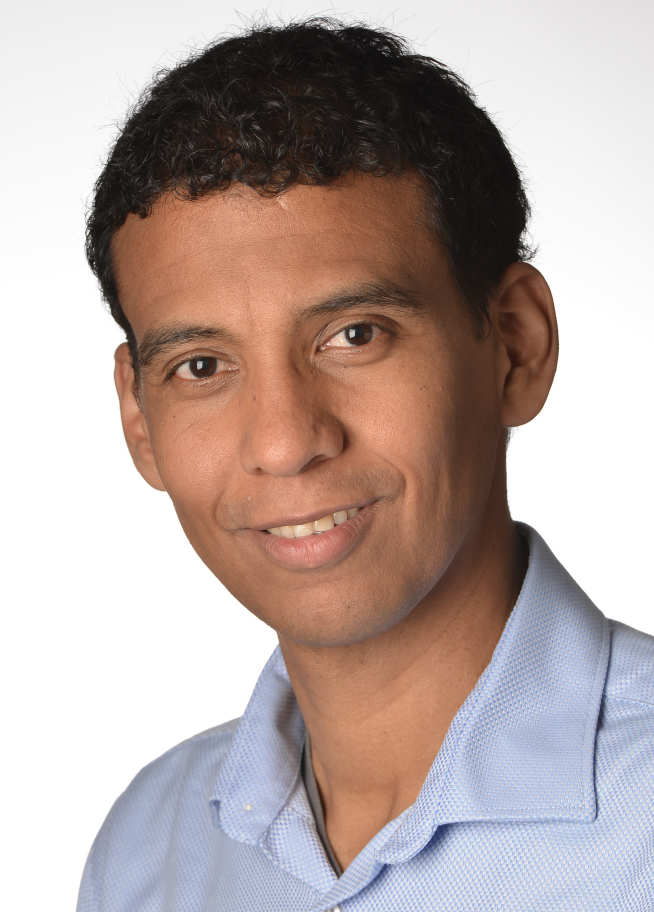
“With other robotic hands what usually happens is that, when you grasp the object and start to move it, the instantaneous motion of the object is around different, unknown points and that makes it more complicated to control,” Dr Rojas says. “We have proposed a 'spherical hand' that keep the instantaneous motion of a grasped object fixed about a known point, regardless of the object's characteristics. And the 'fingers' in this hand are not at all like human fingers.”
Similarly, it should be possible to design a simply controlled hand that performs a helical motion, for example to open a door. And so on, through a repertoire of basic movements. “I believe that it is the combination of these different behaviours that creates dexterity,” Dr Rojas says, “so my idea is, eventually, to create a hand that has these different behaviours built in, so the control just has to switch between them as required.”
Another aim is to design malleable robots that the user can reshape to perform a task. “Robot arms are generally inspired by our arms. But imagine you had a forearm that is not constant, that you can reshape.” This changes the relationship between user and robot, and has implications for how the robots are controlled.
--tojpeg_1544198701172_x2.jpg)
Hearing virtual reality
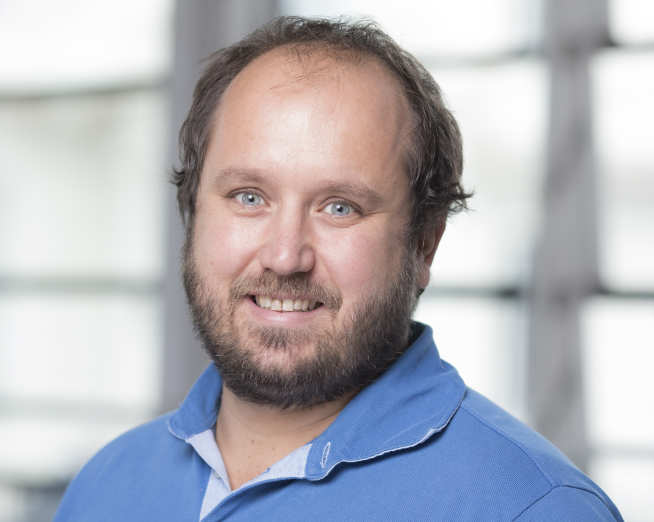
The user's experience of technology comes to the fore in Dr Lorenzo Picinali's work building digital soundscapes. This involves basic research into how people localise sounds, and the development of algorithms that exploit these mechanisms to create complex digital sound fields. The result should both sound authentic and allow listener interaction – a kind of audio virtual reality.
Like virtual reality, this research can have applications in entertainment and education, but it might equally have an impact in healthcare, for example by helping people get more from their hearing aids. This possibility was explored in the recently completed EU Horizon 2020 project 3D Tune-In, which Dr Picinali coordinated.
“Hearing aids are now very complicated devices. They don't just amplify sound to compensate for a hearing loss, they do a lot of additional things,” he explains. “We asked: can we use virtual reality and video games to help people understand these functions and custom fit their hearing aids better to their needs?”
Why wait, for example, until someone is in a crowded restaurant to find out they can't quite hear the person across the table through the background noise? “The challenge is to emulate this scene, and immerse the person into it so that they can modify the settings of the hearing aid. Then they can try different algorithms, and verify in real time how they work. Once they are happy, they can load the setting into their hearing aid.”
3D Tune-In approached this from different perspectives, working on systems for children, for older adults, and in situations where the aim was to listen to music rather than speech. It also developed an application for audiologists and manufacturers to demonstrate hearing aid features in virtual reality.
The research is now continuing in other projects, for example developing hearing aids optimised for music listening and a video game that trains people to localise sound sources using cochlear implants. This game is a first-person shooter, in which the player hears the sound of a monster, then has to find it and shoot it. “At the beginning you have a blend of visual and audio, so that you can train and understand where a given sound is coming from,” Dr Picinali explains. “As you go forward, the visual aspect goes away and you have to rely only on your auditory sense.”
Keeping data close
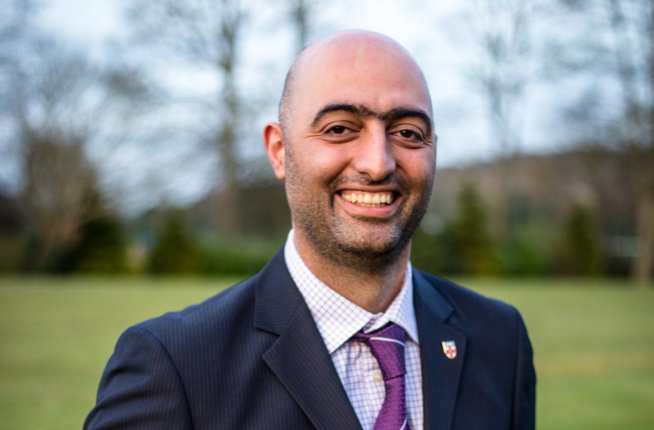
The user is also centre-stage in the work of Dr Hamed Haddadi, whose research in data analytics aims to provide people with new and improved services and experiences. “There are many opportunities for novel interactions and analytics that can be designed by bringing different data sources together,” he explains, “for instance from smart devices at home and your mobile phone, maybe augmented with data from your search, browsing activities and media.”
The more data the user provides, the greater the possibilities and the better the personalisation, but this comes at a cost in terms of privacy and security risks. One way of controlling these risks is by physically keeping the data within reach, either in a special device in the home or by using existing data hubs such as set-top boxes. Rather than sending personal data out to third parties for processing, the user invites third-party apps to work on the data at home, under tightly controlled conditions.
There is also a balance to be made between automation and allowing users to intervene. “The aim is to decrease the burden on individuals, but it's also important to allow them to control their data. For example, we are looking ways they can control the collection of data, perhaps by allowing them to interrupt data collection if they have guests staying.”
Dr Haddadi is currently pursuing these ideas through the Databox project, a collaboration with academics at Cambridge and Nottingham universities, involving companies such as the BBC, BT, Microsoft Research, and Telefónica. User testing is due to begin next year.
Designing with users
Dr Mougenot's mission is to get users involved much earlier in the development process. “We use a cognitive science approach to observe how designers collaborate together and with end-users,” she says. “We use this knowledge to create tools that can be used to support and improve this process.”
What she finds is that engineers often consult users only towards the end of the process, once a product has been created, prototyped, and maybe even manufactured. At this stage many of the features are locked in and cannot be changed.
Usually engineers are very focused on technology development and tend to forget the real-life context in which this technological innovation will fit,” she says. “Users are often not asked
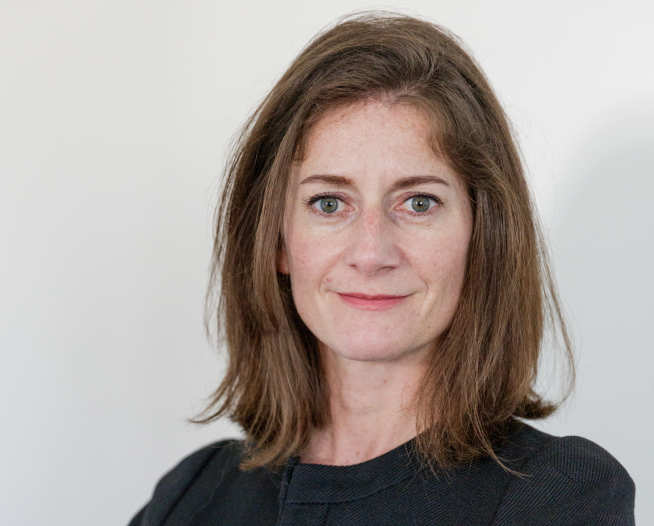
how they will use something, in which context, and what for. So it is important that we create a space in which both parties can communicate.”
To this end, Dr Mougenot and her colleagues have developed a virtual reality system that can be used by designers and users to visualise a product together. The users can then give feedback, and also make changes.
“The originality of the system is that anyone, even with no engineering skill, can manipulate the product they can see in the virtual environment and modify it, by handling small tangible objects. They can move them around and this will move and modify the product they see in the virtual environment.”
The test case for this system has been interior design, but it could equally be applied to any manufactured product, from consumer goods to cars. It could also be used in a more speculative way. “This system could be used as a source of creativity for the designers, pointing to future scenarios envisaged by end-users.”
Learning from metal
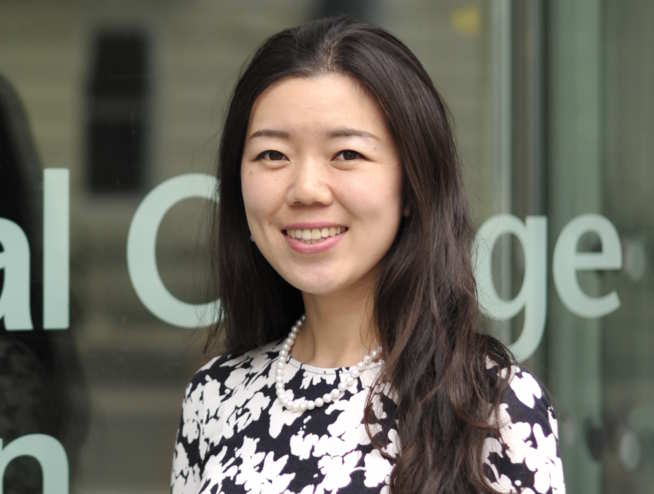
Sometimes the user of a technology is a company rather than an individual, but the benefit of fully understanding their needs remains the same. This drives Dr Nan Li's work in manufacturing and lightweight design for the transport sector. “All our research projects are either sponsored by industry or by endowments linked to industry, so they are always driven by industry needs,” she says.
The involvement of PhD students and industrial visitors is particularly important, since they form a bridge between the companies and the School, not just on the specific project but more globally. “This way we can fully understand what the company wants,” she says.
Sometimes that need is to improve on an existing technology. “The challenge might be a part that is very difficult to manufacture, is too expensive or takes too much time. We think about innovative ways to make the same components, with the same properties, but much more cheaply or quickly.” This is the case with a project currently under way with UK aerospace manufacturer Doncasters, where an alternative using superplastic forming is being developed to make titanium panels with complex shapes.
But it might also involve coming up with something entirely new, for example by transferring techniques between domains. She is currently developing such a project for COMAC, the Commercial Aircraft Corporation of China, exploring options for applying hot stamping to composites. “Hot stamping is very well developed in the metal forming industry, so we are asking how we can borrow knowledge from that area and apply it in composites,” she explains. “It's a new process that can significantly increase productivity.”
She is also a champion of bringing design and engineering closer together. “A designer who does not know much about manufacturing processes cannot fully explore the potential of metal products.”
Designing change
Since it launched in 2014, the Dyson School of Design Engineering has grown to comprise 40 staff, 300 undergraduates, 140 Master's students, and 60 PhD students and postdocs. It has won funding from sources such as the Engineering and Physical Sciences Research Council, Innovate UK and the Horizon 2020 programme, and its industrial collaborators range from small and medium-sized enterprises to giants such as Samsung, Procter & Gamble and Nestlé.
Professor Childs is emphatic that design should be considered as contributing to our knowledge base. “The research we are doing in the School, we are delivering by discovery, by technology research and development programmes, but also through design practice,” he insists. “An innovative design shows the world that something can be done, and therefore is new knowledge.”
It is also new business, since many of the School's Master’s students go on start their own companies. “We are not only designing products, services and systems with students, but also designing businesses and enterprises,” says Professor Childs. “And by engaging with the design of experiences and the design of the enterprise, we are doing something really exciting in terms of effecting change for the future.”
Ian Mundell is a journalist who specialises in research and higher education. He divides his time between London and Brussels.
This feature was commissioned by the Imperial Business Partners programme, which enables a unique approach to problem solving for research-driven industries by providing accelerated access to Imperial expertise, talent and facilities.


